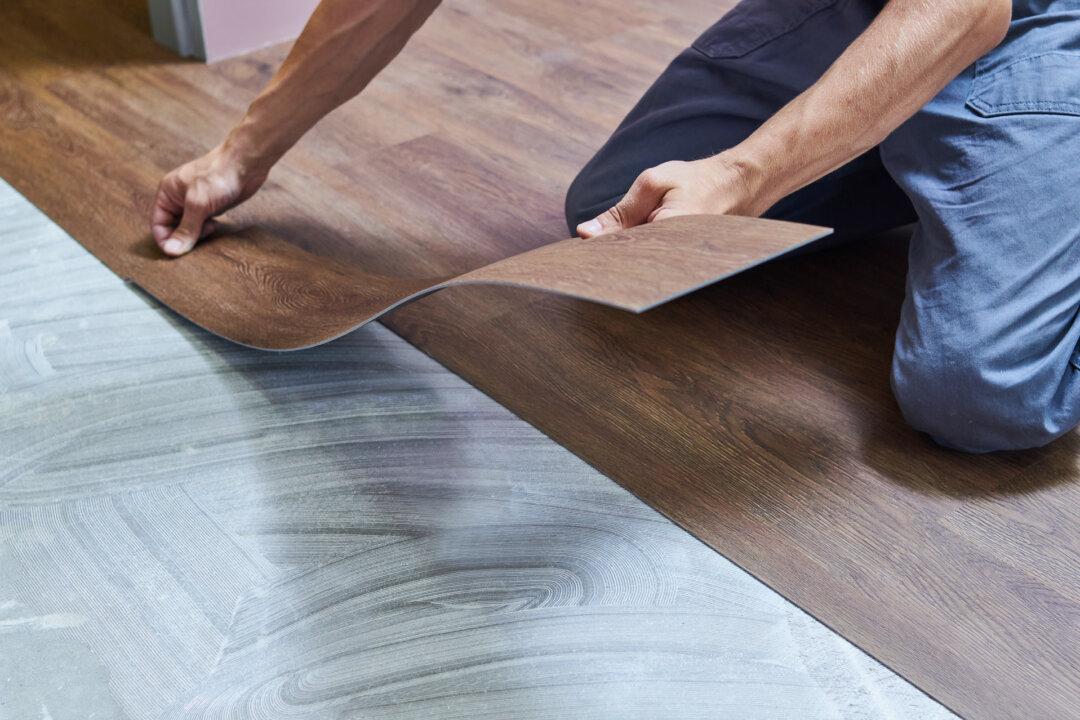Using the proper paintbrush is as important as wall or trim preparation and selecting the proper paint. If you are not experienced at painting, there is a learning curve. You might want to start with some of the less-expensive brushes and practice on an area hidden behind curtains or furniture. You can later repaint it once you gain more skill.
One of the most important factors in the performance of a paintbrush is the type of bristles used. The two basic categories of bristles are synthetic and natural. If you are looking for just an inexpensive brush just to get a coat of paint on some object, a brush with synthetic bristles will be the cheapest you can find. On the other hand, high-quality synthetic bristle brushes can be as expensive as the best natural bristles brushes.
Synthetic bristles are typically made from nylon, polyester, or a mixture of these. These brushes can be used with either oil-based or latex (water-based) paints. Since most people now use latex paints, most of the brushes you buy will have synthetic bristles. Using latex paint creates less odors and brushes and spatters clean up with just soap and water.
Natural bristle brushes, often made from hog’s hair, are best for applying oil-based paints or shellac. The formulation of these paints creates a smooth, even surface when brushed on. For this reason, the tiny split ends in the natural bristles help to carry more paint and create the even surface finish.
The price of a brush is often a good indication of its quality. You will notice a taper toward the end of the brush with longer bristles near the center. The maximum amount of variation from the longest to the shortest bristles should not exceed 1/2 inch.
All brushes use a metal band, called a ferrule, around the end of the handle to hold the bristles tightly in place. Good-quality brushes use small screws or rivets to secure the ferrule to the handle. Cheaper brushes often use one that is just slipped into place.
A cheap ferrule design can result in bristles that fall out and get on the painted surface. Trying to get a loose bristle off the wet surface without messing it up is difficult. Also, cheap ferrules can rust, leaving stains in the paint.
You will need a sash brush with angled bristles when painting trim around windows and doors. The angle on the brush makes it easier to make a fine edge along the trim where it meets the wall and also in the profile details of the trim surface. The best sash brush size is about 1-1/2 inches wide. For most other painting on the walls, a four-inch-wide flat brush or a roller is best.






